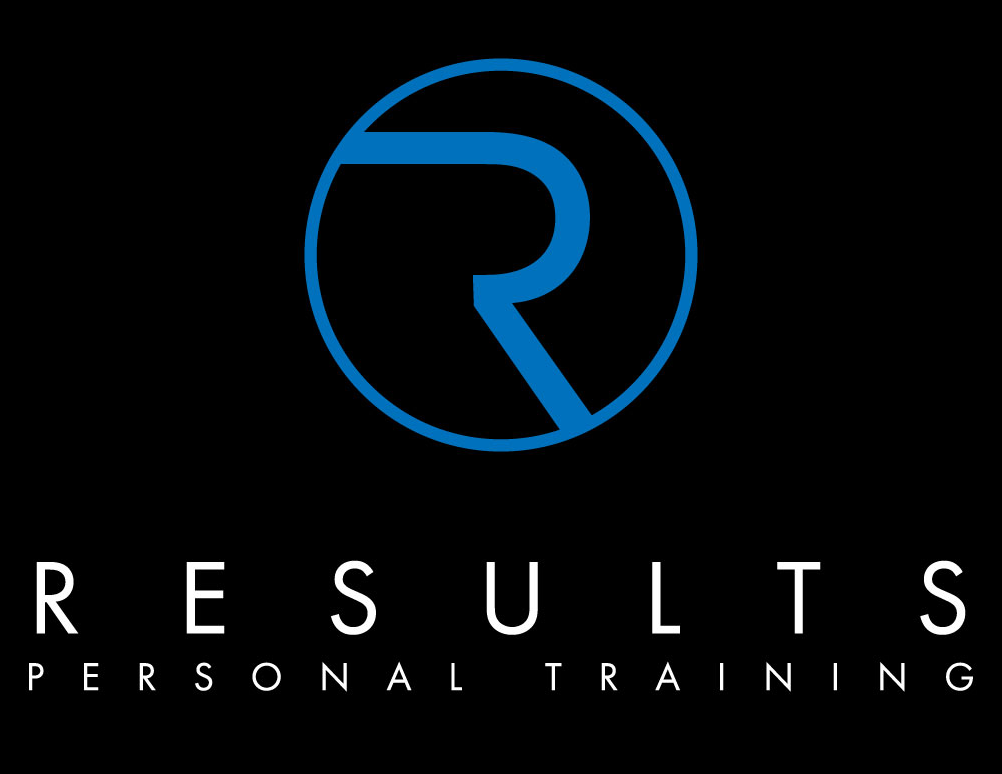Paul Miller Personal Trainer Havelock North shares with you why you have back pain and what you can do about it
If you don’t suffer from lower back pain there is a good chance that someone at your work place or even in your own family does. In fact lower back pain has been described as the most common, most costly and most disabling musculoskeletal condition since World War 2. It is the second biggest reason for missed work days behind the common cold. In New Zealand it costs ACC around $300 million a year and four out of five kiwis will suffer from back pain at some point of their lives
Modern day life means we are all more susceptible to back pain. For most of us we spend far too many hours of our day in an office chair slumped over a computer. This position shortens the hip flexors and musculature of the lower back as well as disengages the abdominals and the gluteus (butt)
This ultimately results in stress on the lumber vertebrae and subsequent intervertebral disks and potentially hyperlordosis
So when you get up from your office chair after a day sitting, you often find your back starts to give you pain. It might even be at the gym that you start to feel back pain. The reason for this is that your hips are designed for mobility meaning movement is initiated through them. Unfortunately with all the sitting you have been doing your hips have shortened and tightened. Movement has to come from somewhere, so it comes from the spine. The problem is, is that your spine is designed for stability and not mobility. Leading authority on back care Dr Stuart McGill suggests the core musculature (abdominals/lower-back) are designed to prevent rotation and counteract movement around the lumber spine.
Having tight hip flexors means you cannot fully extend your hips. Movement has to come from somewhere and it’s usually the lower back that provides this extra extension. So excess movement with tight hip flexors results in back pain not only because the compensation of lower back extension but also because the Psoas (one of the hip flexors) attaches to the lumber spine
Below are 4 simple ways to cure back pain
1. Invest in a kneeling desk
A kneeling desk will open the hip joint up, resulting in less tightness in the hip flexors. As I said before Psoas (one of the hip flexors) attaches to the lumbar spine pulling it down into lumbar extension. Other benefits of a kneeling desk include better breathing mechanics and better circulation due to a more open upright posture.
Side note – You could use a standing desk but from experience I have found many people begin to shift their bodyweight to one leg resulting in imbalances and poor posture
2. Stretch your hip flexors
Tight hip flexors pull your hips down causing excessive curvature of the lumber spine.
Kneeling on your left knee, with toes down, place right foot flat on the floor in front of you. Your knee should be bent and aligned with your ankle
Push your hips forward whilst trying to tuck your pelvis under (posterior tilt) the easiest way to do this is to squeeze your butt muscles. Hold for time and repeat on the other leg
3. Activate your Glutes
There is a high chance that if you have tight hip flexors then your glutes will be weak and inhibited. When the hip flexors (antagonist to the glute max) are short and tight, the glute max becomes weak via a mechanism known as reciprocal inhibition. Furthermore when the butt muscles don’t work it’s the muscles of the lower back that are forced to work overtime to compensate
Lie on your back with your knees bent, heels on the floor, and toes lifted and pulled up toward your shins. Raise your butt off the floor until your back forms a straight line from knees to shoulders, and hold for 2 seconds before lowering. As you raise your butt off the floor try and think about squeezing the muscles to engage them
4. Strengthen your core muscles
It is the job of the core muscles to stabilise the spine. Your core muscles are therefore designed for stability and not mobility. Emphasise exercises that keep the spine still such as Planks, Side Planks and Deadbugs.
Lie prone on floor. Place forearms on floor, elbows under shoulders. Place legs together with forefeet on floor. Raise body upward by straightening body in straight line. Hold position.
Side note – Exercises such as sit ups and crunches create excessive mobility in the spine and therefore should be minimised or avoided
To Conclude
The exercises outlined above should help with any back pain you may have, just make sure you are consistent with them, as its not a quick fix. I would always suggest if you are currently experiencing any pain or discomfort in your lower back during exercise or in your day-today life, seek medical attention before engaging in any further activity.






Recent Comments